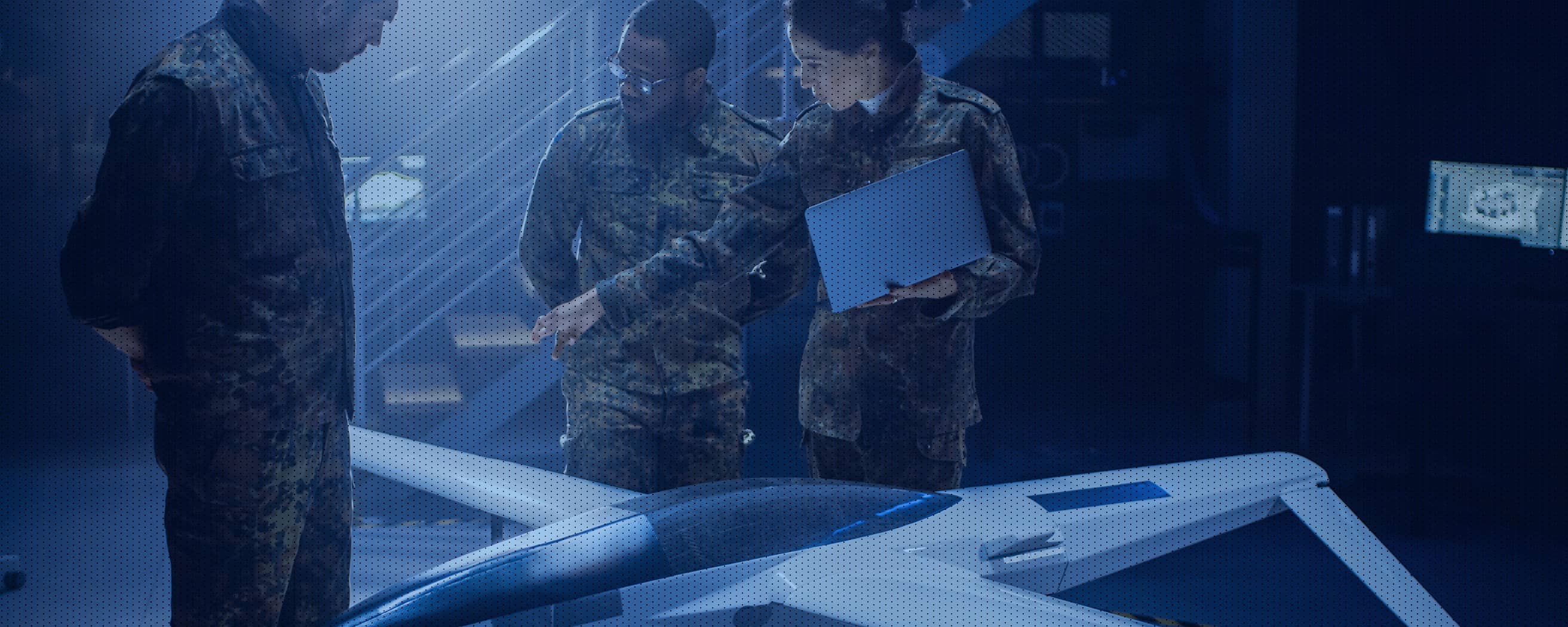Redefine Agility in Aerospace and Defense Manufacturing

Adjusting operations to scale up manufacturing.
Aerospace and Defense manufacturers have always faced unique challenges. But now with Governments looking for their supplier base to be “more agile,” companies are struggling to keep pace with today’s cutting edge technologies and the ever-changing threat landscape.
Pandemic-related supply chain disruptions and material shortages can stymie work across the lifecycle of your products, from prototyping to production to aftermarket support. And the ongoing workforce shortage threatens to further slow your ability to meet your contractual obligations. Creating faster, more responsive operations is no easy task given the headwinds that aerospace and defense manufacturers face today.
To work at the speed that aerospace and defense customers need — while delivering the high-quality, cost-competitive products that they expect – you will need to strategically adjust your operations plan to best position your business for success in your new environment. But, where should you focus your attention?
Startups transitioning to full-scale production.
Many non-traditional aerospace and defense startups are shifting the competitive landscape with innovative and disruptive technologies, delivering new capabilities at a significant cost or space savings. But often, the expertise of these companies is in their core technology. They find themselves gaining access to significant growth potential, but often without expert knowledge in areas such as supply chain risk management or full-scale manufacturing.
If you’re in this camp, a partner can help you smoothly and efficiently transition your prototype into reliable, sustainable production. The partner can serve as an extension of your team, providing expertise where your team may have gaps and support services that can help you meet your specific goals.
For example, they can review your in-process product design, identify where pain points will be in production and recommend process steps that will support your product’s entire lifecycle. They can also create your bill of materials and build out your supply chain, while taking steps such as ensuring alternatives are available so you have flexibility in purchasing. And they can provide manufacturing services to help you achieve high-quality, sustainable full-scale production at the lowest possible cost.


